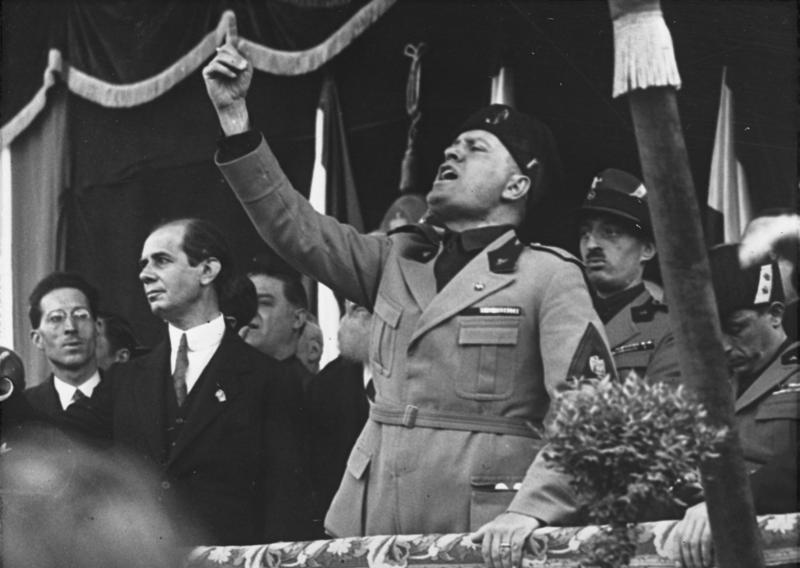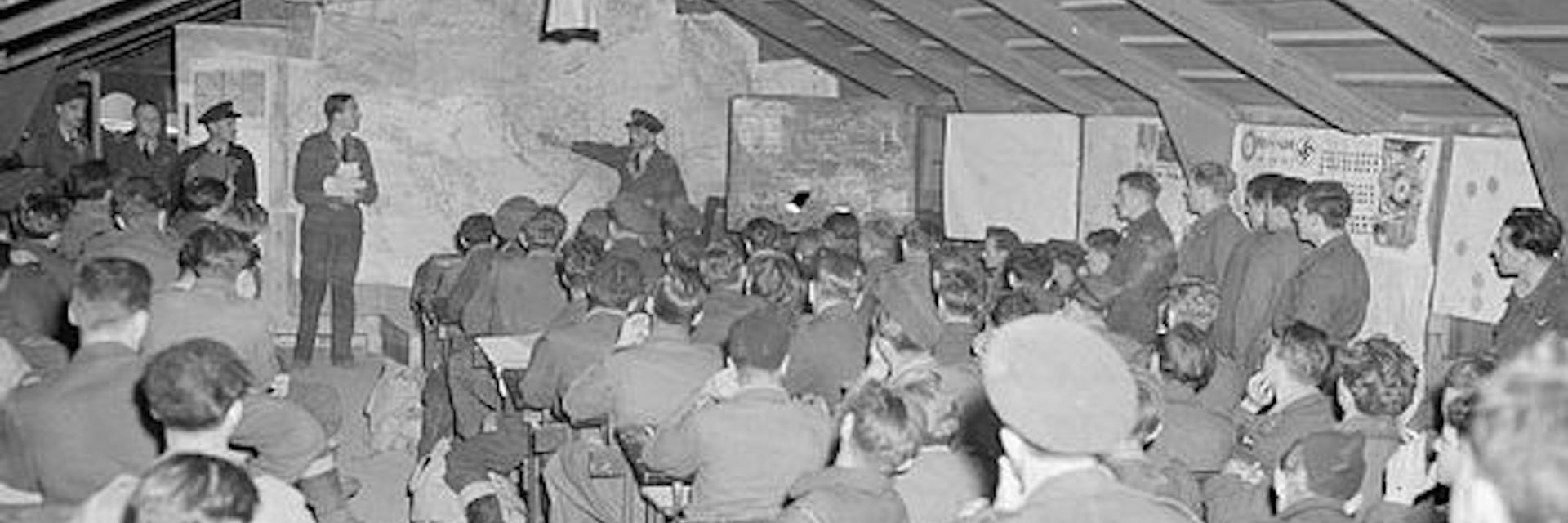Perhaps less well-known than the French Maquis, the Italian Resistenza played a crucial role in undermining Nazi forces during World War II through sabotage, espionage, and support for Allied operations.
◊
During World War II, the Italian Resistance played a pivotal role in undermining Nazi operations across the Italian peninsula. Following Italy’s armistice with the Allies on September 8, 1943, the war continued, with German forces swiftly occupying much of the country and installing a puppet Fascist regime in the north. In response, a diverse and determined anti-fascist movement emerged – one that would become instrumental in sabotaging Nazi military efforts through guerrilla warfare, intelligence gathering, and acts of sabotage.
The Italian Resistance, or Resistenza, was made up of a wide array of groups, including communists, socialists, monarchists, Catholics, and anarchists. Despite ideological differences, they shared a common goal: the liberation of Italy from German occupation and Fascist tyranny. These partisans operated in mountainous regions, rural villages, and urban centers, conducting sabotage operations that disrupted German logistics and communications.
Learn about Benito Mussolini, the Italian leader who coined the term "fascism," in this illuminating MagellanTV documentary.
Different Kinds of Sabotage
One of the most effective strategies employed by the partisans was the destruction of rail lines and bridges, which were vital for German troop movements and supply chains. Using smuggled or homemade explosives, Resistance fighters carried out coordinated attacks on railway infrastructure, often forcing the Germans to commit extensive resources to repair and protection efforts. This not only slowed down German military operations but also diverted their attention from the advancing Allied forces.
Italian saboteurs also targeted factories and depots used by the Nazis. Workers sympathetic to the Resistance engaged in slowdowns, deliberate machine damage, and theft of supplies. These acts of industrial sabotage, while less dramatic than blowing up bridges, proved equally damaging to the German war effort. In cities like Milan and Turin, Resistance operatives infiltrated workplaces, collecting intelligence and undermining production essential to the Axis cause.
Beyond Sabotage
In addition to direct sabotage, Italian partisans played a key role in aiding Allied soldiers and escaped prisoners of war. Many British and American soldiers who had escaped capture were hidden in remote villages or guided through treacherous mountain routes to safety, often at great personal risk to their Italian protectors. The Resistance also supplied valuable intelligence to the Allies, helping to shape strategic bombing campaigns and troop deployments.
 Mussolini delivering a speech (Source: Wikimedia Commons)
Mussolini delivering a speech (Source: Wikimedia Commons)
Perhaps most famously, the Italian Resistance was involved in the capture and execution of Benito Mussolini in April 1945. Mussolini, attempting to flee to Switzerland with a German convoy, was apprehended by partisans near Lake Como. His death marked a symbolic and literal end to Fascist Party rule in Italy and underscored the potency of Italian resistance efforts.
The Aftermath for Italy
By the time Germany surrendered to the Allies in May 1945, the Italian Resistance had grown into a formidable force, with an estimated 250,000 active members. Their actions not only hastened the collapse of Nazi control in Italy but also laid the groundwork for a post-war democratic state.
Though often overshadowed by larger military campaigns, the bravery and ingenuity of the Resistenza played a critical role in pushing the Germans farther and farther north. Their legacy is remembered not only as a chapter of resistance but as a testament to the power of ordinary people to fight oppression from within.
Ω
Title Image source: Royal Air Force, via Wikimedia Commons


